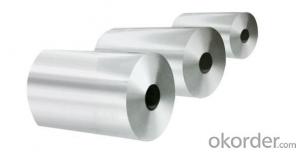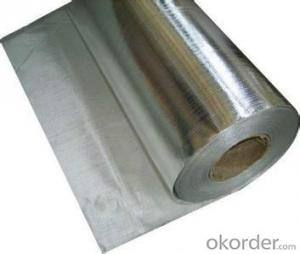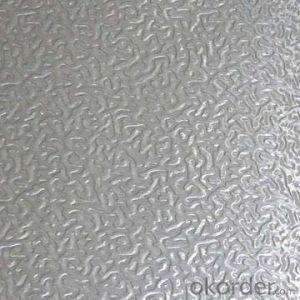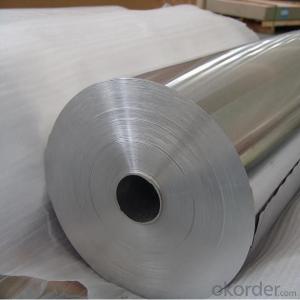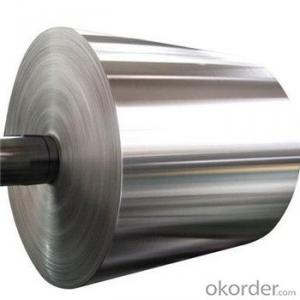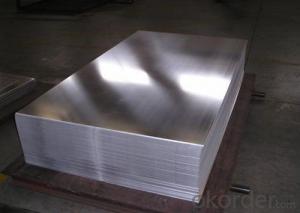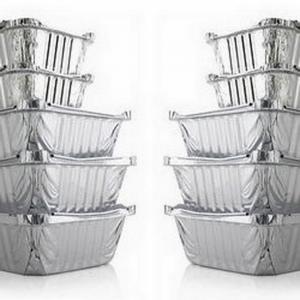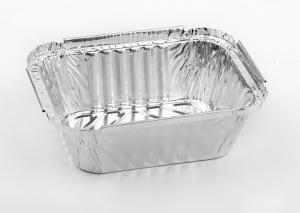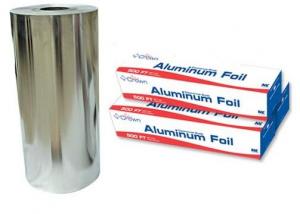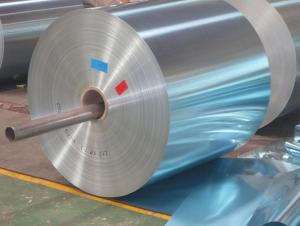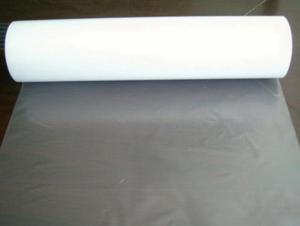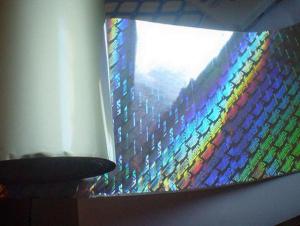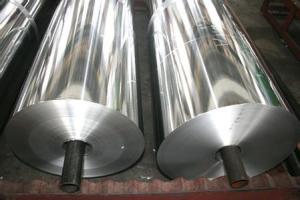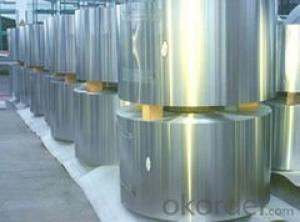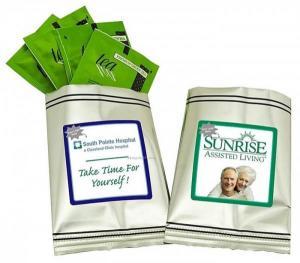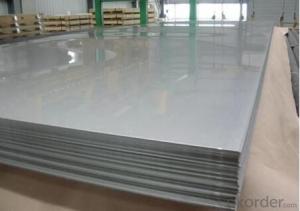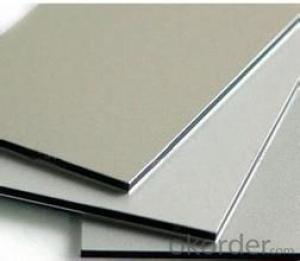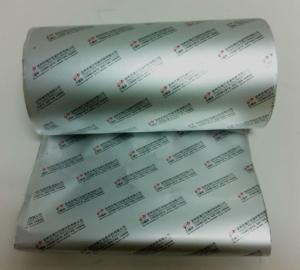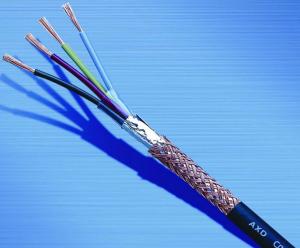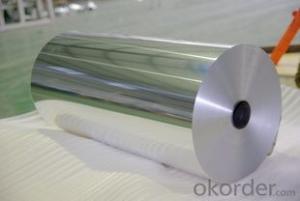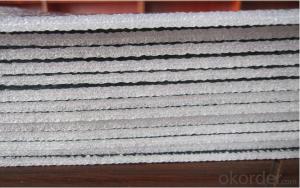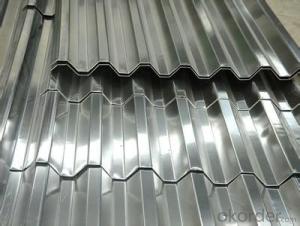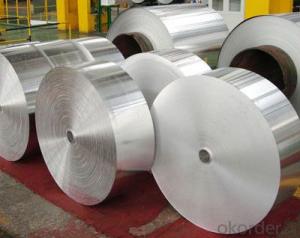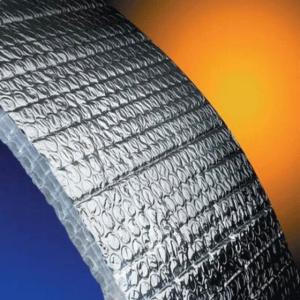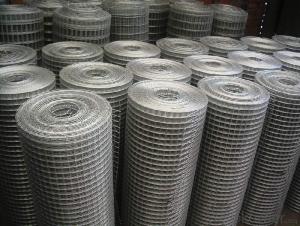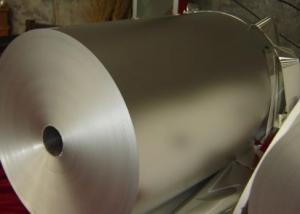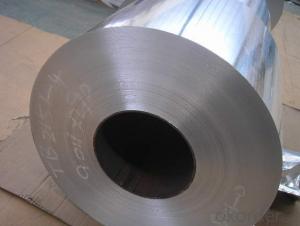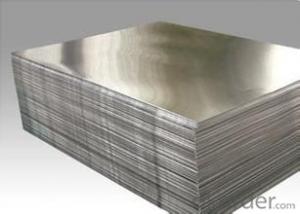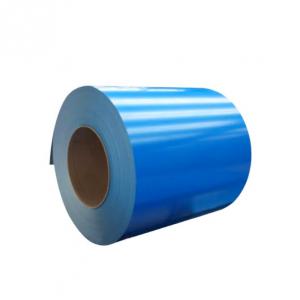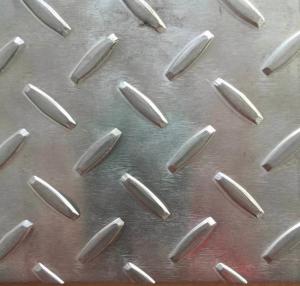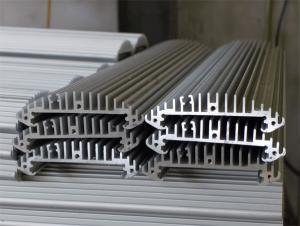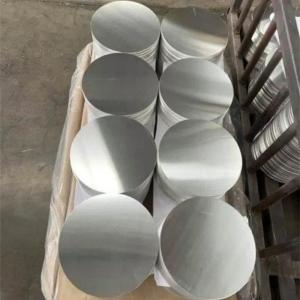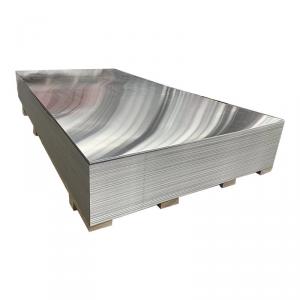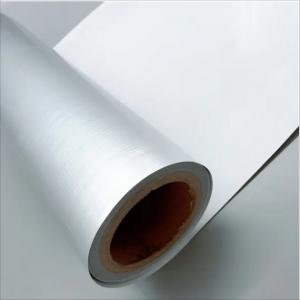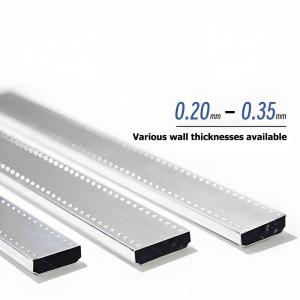Aluminum Foil Sheet
Aluminum Foil Sheet Related Searches
Sheet Of Aluminum Foil Aluminum Foil Baking Sheet Aluminum Foil Wrap Sheets Aluminum Foil Cookie Sheet Large Aluminum Foil Sheets Baking Sheet Aluminum Foil Thick Aluminum Foil Sheets Colored Aluminum Foil Sheets Aluminum Paper Foil Aluminum Foil Blanket Single Sheet Aluminum Foil Aluminum Foil Sachet Gold Aluminum Foil Sheets Aluminum Foil Plate Precut Aluminum Foil Sheets Aluminium Foil Paper Pre Cut Aluminum Foil Sheets Aluminum Foil Pop Up Sheets Aluminum Foil Leaves Aluminum Foil Foam Pre-Cut Aluminum Foil Sheets Aluminum Foil Suit Aluminum Foil Paper Roll Rolled Aluminum Sheet Aluminum Foil Packets Aluminum Foil Wrapping Paper Aluminum Foil Blankets Bj's Aluminum Foil Sheets Costco Aluminum Foil Sheets Aluminum Foil LabelAluminum Foil Sheet Supplier & Manufacturer from China
Aluminum Foil Sheet is a versatile product made from thin sheets of aluminum, known for its excellent properties such as heat resistance, moisture barrier, and durability. It is widely used in various industries, including food packaging, insulation, and construction, due to its ability to provide a protective barrier and maintain the freshness of the contents. The product is also appreciated for its recyclability, making it an eco-friendly choice for many applications.Aluminum Foil Sheet finds its application in everyday life, from wrapping food items to keep them fresh, to lining baking trays for easy cleanup, and even in the construction industry for insulation purposes. Its lightweight and malleable nature makes it an ideal material for a multitude of uses, providing a cost-effective solution for various needs. The product is also utilized in the pharmaceutical and cosmetic industries for packaging and protecting sensitive products from external contaminants.
Okorder.com is a reputable wholesale supplier of Aluminum Foil Sheet, boasting a large inventory that caters to the diverse needs of customers across different sectors. The company prides itself on offering high-quality products at competitive prices, ensuring that clients receive the best value for their investment. With a commitment to customer satisfaction, Okorder.com is a reliable source for purchasing Aluminum Foil Sheet in bulk quantities, making it a preferred choice for businesses looking to stock up on this essential material.
